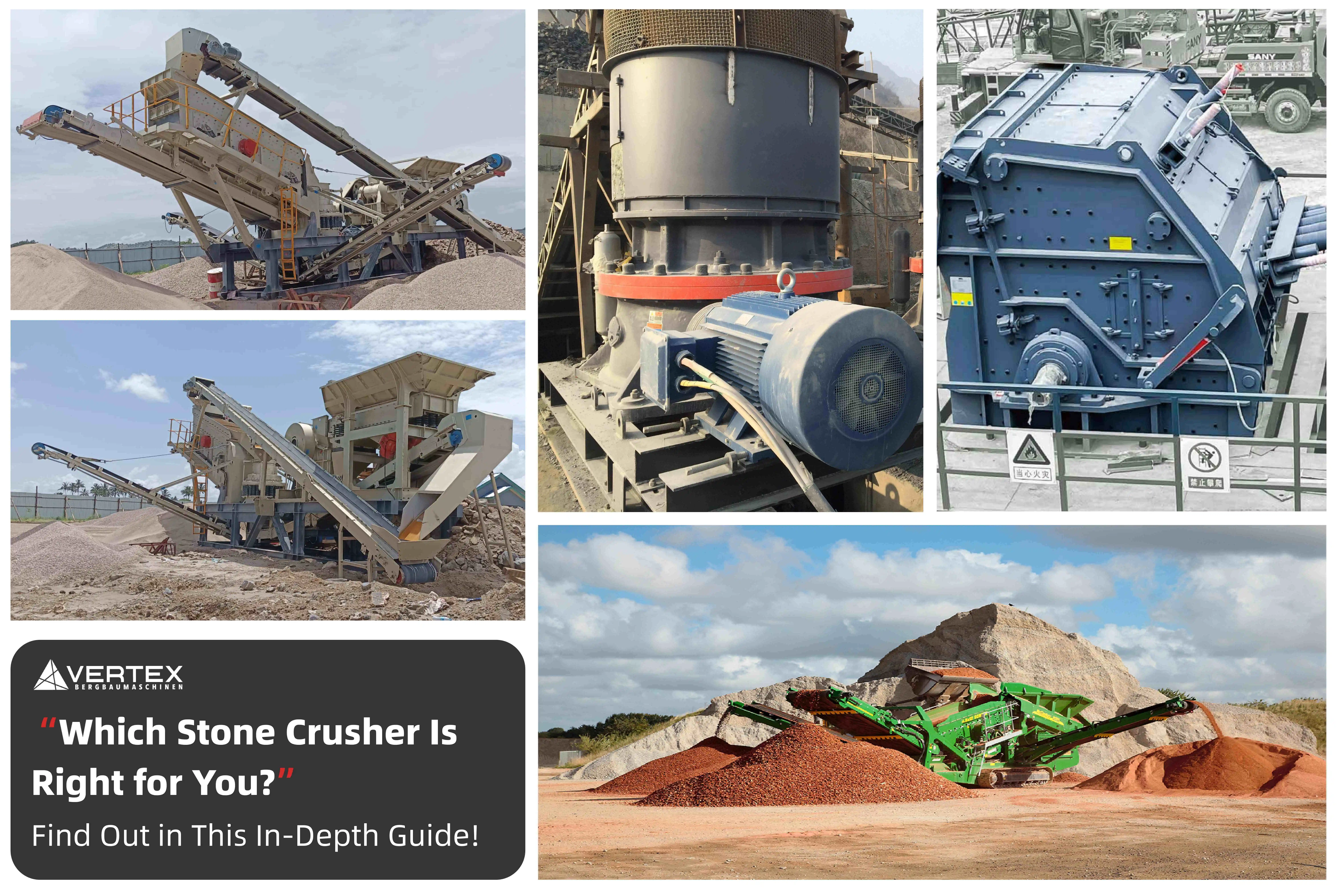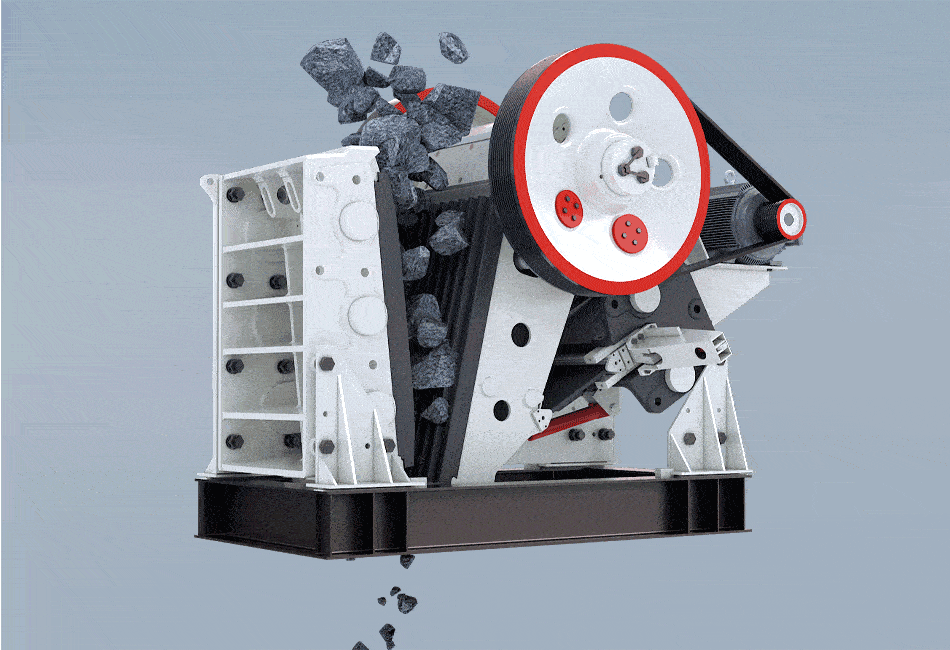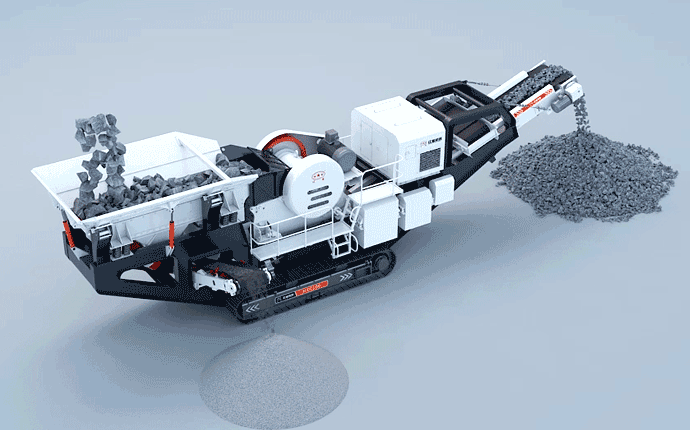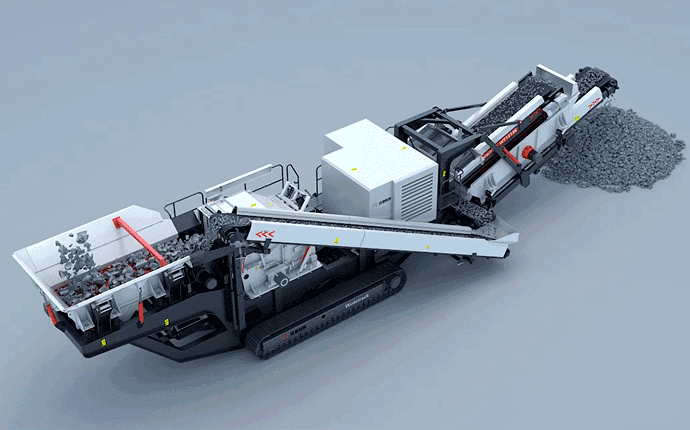
In modern construction, mining, and infrastructure projects, stone crushers are essential machines used to break down large rocks, stones, and other hard materials into smaller, manageable sizes. As technology continues to evolve, mobile stone crusher plants are becoming increasingly popular due to their flexibility and efficiency. This article dives deep into the various types of stone crushers and helps you determine which one best suits the needs of your specific project.

A stone crusher is a mechanical device that uses force to break down rocks, concrete, and other materials into smaller pieces. These machines play a vital role in the mining, construction, and road building industries by reducing the size of raw materials, making them easier to handle or use in further processes.
Depending on the type, stone crushers use different methods such as compression, impact, or attrition to achieve the desired reduction. Some are stationary, while others are mobile and can be relocated easily to adapt to changing site conditions.
How to Choose the Right Stone Crusher
Choosing the right stone crusher for your project involves considering a number of key factors:
When it comes to breaking down rocks into smaller, usable pieces for construction, mining, or road building, there isn’t a one-size-fits-all solution. Different types of crushers are designed to handle different jobs. Let’s take a closer look at the seven most common types of stone crushers, what they’re good at, and where they might fall short—all explained in everyday language.
Think of the jaw crusher as the heavyweight champ that goes first in the ring. It uses two plates—one stays still, and the other moves back and forth like a mouth chewing—crushing big rocks into smaller chunks. It doesn’t work constantly, but rather crushes in spurts, kind of like biting into a hard apple.
This type of crusher is a go-to when you're dealing with big, hard materials like granite or concrete. It’s perfect for the “first round” of breaking things down. It’s also pretty easy to use, doesn’t cost a fortune, and it doesn’t take up too much space.
However, it’s not without flaws. The jaw plates inside wear out fairly quickly, especially when working with really tough rocks. Also, the shape of the crushed stones isn't always perfect—you often end up with thin, needle-like pieces. And it usually works better when you pair it with a feeder machine that keeps the rocks coming in smoothly.

A cone crusher is like the precision tool in your garage. Instead of using brute force like the jaw crusher, it gently squeezes the rock between a spinning cone and a hard outer wall. It doesn’t stop—it’s always turning and crushing, which makes it great for steady, continuous work.
You’ll mostly see cone crushers being used when the stones have already been broken down a bit and now need finer crushing. It’s ideal for things like river gravel, basalt, and other mid-to-hard rocks. The crushed output is neat and uniform, which is great for construction.
That said, this machine is a bit of a diva. It’s more expensive, has a more complex design, and needs regular attention to keep it running smoothly. If something goes wrong inside, repairs can be a headache.
The impact crusher is like a hammer-wielding machine. Instead of slowly grinding down the rocks, it flings them against hard surfaces at high speed. That sudden impact cracks the material open.
This crusher shines when you're working with softer or medium-hard materials like limestone or recycled concrete. It’s fast, powerful, and gives you stones that are nicely shaped and consistent in size—great if looks matter, like in paving work or decorative gravel.
But speed comes at a cost. The parts inside, especially the blow bars and impact plates, wear out quickly—especially if you push it to handle hard rocks. So, unless you're sticking to mid-level toughness, be ready to replace parts regularly.
This one's just like the jaw crusher we talked about first—but with wheels or tracks attached. That means it can move around with you. Think of it like a food truck version of a crusher: same kitchen, just mobile.
It’s extremely useful on job sites that change often, like construction zones or mining operations where you have to follow the material. You don’t have to drag heavy rocks to a fixed crusher—you bring the crusher to the rocks.
Of course, because it’s mobile, it's not as powerful as the big fixed machines. And since it moves, it has more parts that can break down. But if you value flexibility, it’s a solid option.

Just like the mobile jaw crusher, this one is built to move—but instead of jaws, it uses a cone system for precision crushing. It's great for turning mid-sized rocks into small, evenly shaped stones.
Mobile cone crushers are especially useful on construction sites or in quarries where the layout changes often. You get the benefit of high-quality crushing along with the freedom to move the equipment wherever you need it.
But keep in mind: the setup is more complex and costs more. You’ll also need someone experienced to run and maintain it. It’s kind of like owning a sports car—you get speed and performance, but it needs the right care.
This crusher is the combination of an impact crusher’s smashing power and the mobility of a trailer unit. It’s designed for tasks where you need to move the machine often, like road projects or demolishing old buildings.
What makes it special is the shape of the final product. It delivers stones that are uniform and smooth, which is perfect when appearance matters—say, for roads or decorative concrete.
It handles medium-strength materials really well, but don’t throw anything too hard at it. The internal parts wear down fast if you do. It's like using a steak knife on a brick—doable, but not smart in the long run.
While technically not a crusher, a vibrating screen is just as important. After the rocks have been crushed, this machine separates them by size using a vibrating motion that shakes the material across different mesh layers.
It’s often paired with mobile crushers to form a complete crushing and screening setup. You can send big rocks one way and small pebbles another—super helpful when you need specific sizes for different jobs.
It works great in dry conditions, but when the material is wet or sticky, the screens can clog up. So, it’s best to avoid using it on rainy days or with muddy rocks.
Stone crushing often involves multiple stages, with each serving a specific purpose:
Choosing the right stone crusher is vital to the success of your project. With mobile stone crushers gaining popularity due to their flexibility and ease of deployment, knowing the capabilities and limitations of each type is essential. Evaluate your material type, size, moisture content, required output size, production capacity, and site layout carefully. The correct machine not only improves productivity but also saves cost and time, ultimately driving your project toward success.